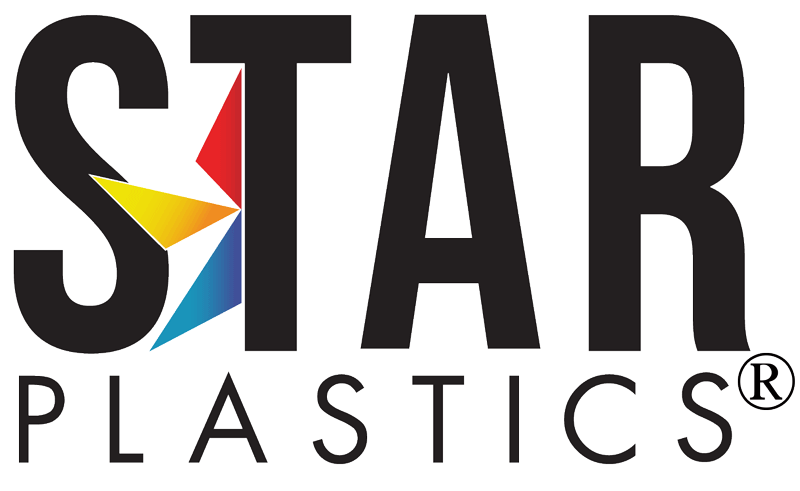Market Update — October 2024
ILA Strike Begins, ADNOC Buys Covestro
The East Coast port of NY/NJ strike was started just last night by the International Longshoreman’s
Association (ILA) October 1st. This union is the largest in America and could affect 36 ports on the East
Coast and to the Gulf Coast. Just under half of the volume of U.S. imports would be impacted. As of
September 23, there were nearly 700,000 containers (20 foot) on nearly 150 vessels, that are already
in route to the East Coast and Gulf Coast ports. This would impact U.S. companies plus Europe, Latin
America, and Asia. Before you think about bringing all those containers to the West Coast, there are
only two ‘loops’ which would be overwhelmed in the transition to the West Coast and the ILA has
also urged their West Coast members to support the East Coast strike. If forced to work by the
government, there would likely be a slowdown.
Also, hot off the press – ADNOC (Abu Dhabi National Oil Co.) is buying Covestro AG for $12.9B. This
has been discussed for nearly 1 ½ years which brings nearly 40% of the worlds PC being based out of
Saudi Arabia between ADNOC and Sabic. Covestro had been working on cost cutting measures earlier
this year as the negotiations became more concrete to increase efficiencies in production and
administration efforts. They refer to it as Strong which is a ‘global transformation program’. What will
happen next has yet to be seen.
The Federal Reserve finally did it! After a year of false hopes, they dropped the interest rate by 0.5%
(50 basis points). The federal funds rate acts as a benchmark for borrowing rates in the rest of the
economy. This the first time the Fed has reduced the interest rate after four years of increases. The
rate is now 4.8%, which is the lowest since July of 2023. They have already signaled that they are
looking at two additional reductions through the end of 2024.
The presidential election is touted as one of the driving forces for a weak 2024 as people wonder how
the outcome will affect the future economy. This, along with the higher interest rates, has slowed
consumer spending, with repercussions seen in the automotive sector.
Hurricane Francine made landfall September 11th, and caused a lot of headaches, shutting plants
down along the Gulf Coast. Most believe it was a non-issue in the production of material and affected
mostly PVC production, as 43% of U.S. capacity is based in Louisiana. The Ineos force majeure at the
Illinois facility, which was implemented after tornadoes went through the region, has been extended.
Originally, the issue was getting power back to the plant and now that they have power, they are
finding damage to the plant itself from the weather event in July.
At the end of 2023, the automotive sector was projected to be at 6-7% growth for 2024; instead,
there are projections at just 2.7%. The concern is the projections for 2025 are flat or even down right
now as compared to 2024. This is being seen even after the interest rate drop just two weeks ago and
the possibility of the fed lowering interest rates two more times between now and the end of the
year.
One major marketing group is reporting that PC held pricing at $1.63 for GP and $1.53 for optical
from August to September. Market conditions were flat in September with automotive being
sluggish. Demand all year has been off and operating rates for PC have followed demand. On average,
it has been running in the low 70’s in North America where they should be up in the 85% range. With
that, we’ve seen an overall increase in pricing of 8 CPP YTD and expectations are flat through the end
of the year. ABS was the same, holding at $1.44 for GP and $1.34 for extrusion. ABS overall was quiet
in September we saw two big events, hurricanes Francine (styrene capacity effect) and Helene
(trucking challenges). Demand has been stable but not showing signs of growth in ABS right now.
Year-to-date, ABS is up about ten CPP and is projected to be flat through the end of the year. Nylon 6
dropped two CPP to $1.61 and 66 was down two at $1.82. Supply continues to be available with flat
demand and no force majeures in place for either 6 or 66. It was also reported that the US continues
to be a significant exporter of nylons (mainly 66) by about five-fold as compared to imports. And we
still have supply available given the weak local demand. PBT was also flat at $1.47 per pound again
last month. Most of the demand for PBT in North America is driven by automotive and the electronics
markets, and with the auto industry being what it is, PBT is available in the market overall.
How can Star help you navigate this challenging market? Nylon, PC, ABS, PBT and Lati products are all
part of our basket to help grow your business!
Best Regards!
The Star Team



